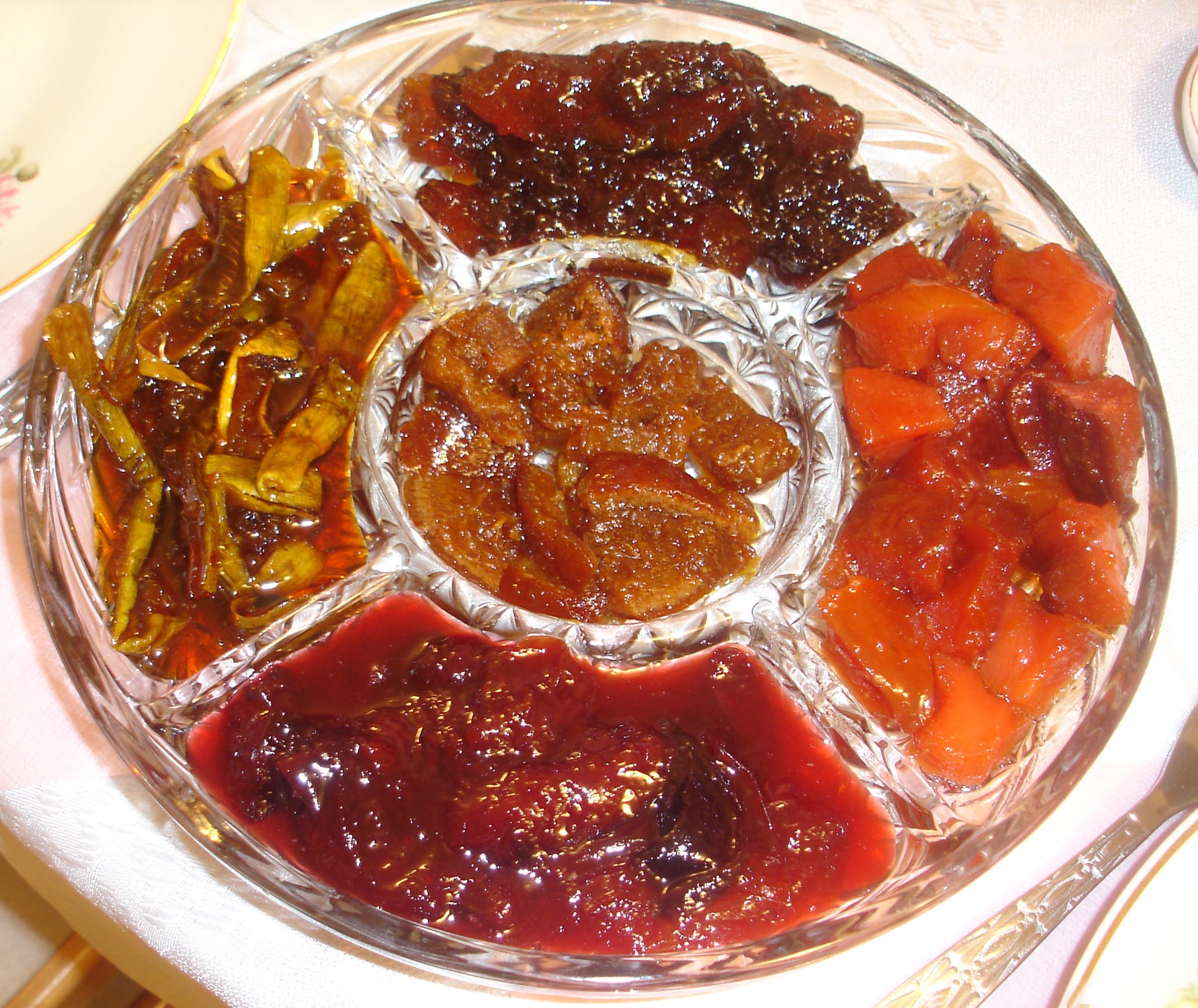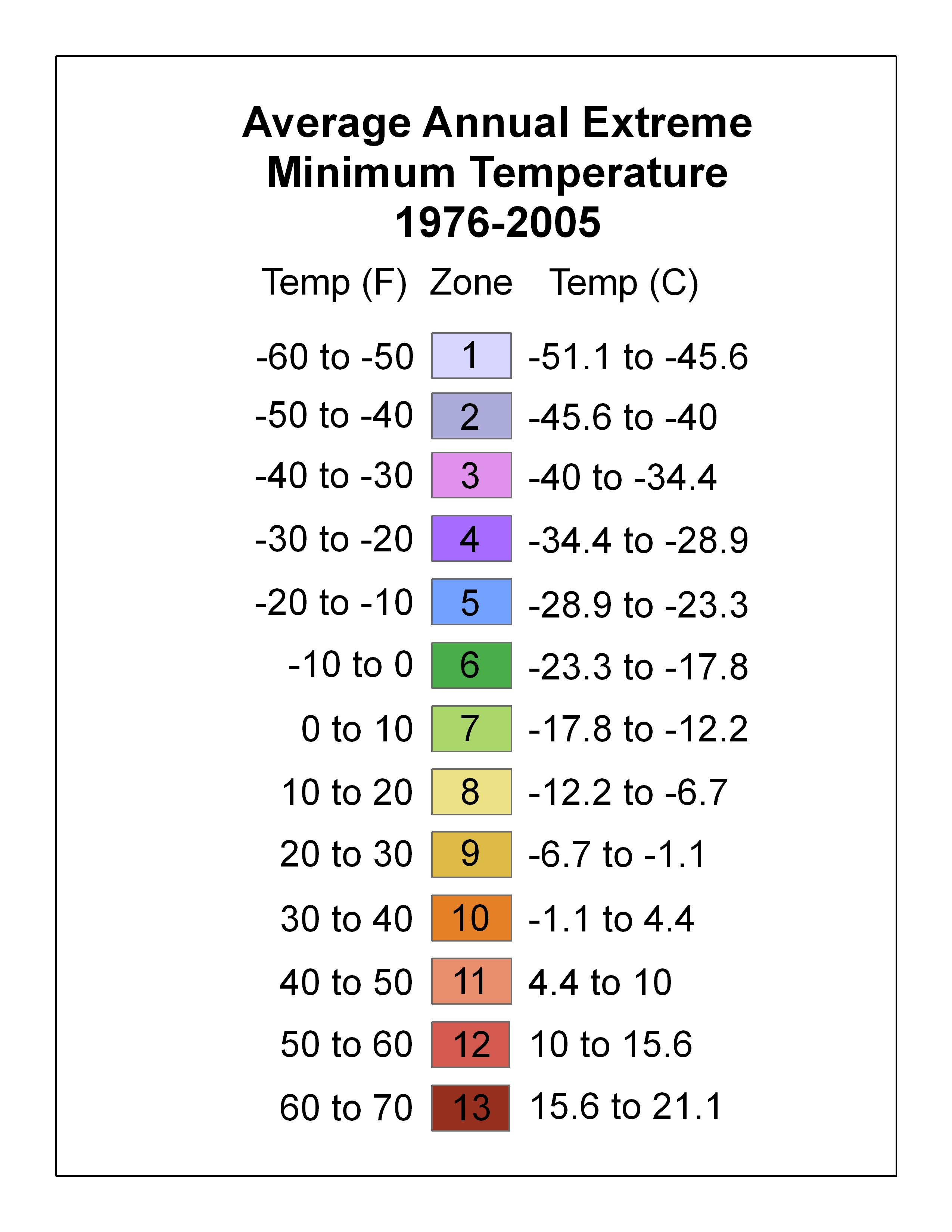|
Prunus × Cistena
''Prunus'' × ''cistena'', the purple leaf sand cherry or dwarf red-leaf plum, is a hybrid species of ''Prunus'', the result of a cross between ''Prunus cerasifera'' (cherry plum or myrobalan plum) and ''Prunus pumila'' (sand cherry). A leggy bush or shrubby tree, it typically reaches a height of and has a useful life of 10–20 years. The fruits are edible, if strong-tasting. Some people make jams or preserves from them. It is not advisable to eat the pits. Frost-tolerant, purple leaf sand cherries can be grown up to USDA Hardiness Zone, USDA Hardiness Zone 2a. Commercial specimens are typically grafted to a rootstock from any of a number of other species, which will influence their growth form and final height. There are also a limited selection of cultivars available. ''Prunus'' × ''cistena'' was developed by Niels Ebbesen Hansen in 1910. In 1993 List of Award of Garden Merit flowering cherries, it won the Royal Horticultural Society's Award of Garden Merit. References [...More Info...] [...Related Items...] OR: [Wikipedia] [Google] [Baidu] |
Niels Ebbesen Hansen
Niels Ebbesen Hansen (January 4, 1866 – October 5, 1950) was a Danish-American horticulturist, botanist, and agricultural explorer for the United States Department of Agriculture and the state of South Dakota. He searched the harsh environments of northern Scandinavia, Siberia, Manchuria, and the dry steppes of the Volga for plant stock that could flourish on the upper Great Plains. Biography Niels Ebbesen Hansen was born the youngest of three children in Lustrupholm, Denmark, a small farm, in Ribe County, Denmark. He was the son of Danish-born muralist Andreas Hansen and Bodil Midtgaard. Hansen's mother died when he was a year and a half old. His father married Katrine Petersen two years later. Andreas Hansen emigrated to the United States in 1872 and sent for Katrine and Niels the following year. In 1876, the family moved to Des Moines, Iowa. Hansen left high school at the beginning of his junior year to work as a messenger for Iowa Secretary of State John A.T. Hull. He save ... [...More Info...] [...Related Items...] OR: [Wikipedia] [Google] [Baidu] |
Bernhard Adalbert Emil Koehne
Bernhard Adalbert Emil Koehne (12 February 1848 – 12 October 1918) was a German botanist and dendrologist born near Striegau, a town known today as Strzegom, Poland. Koehne was a professor of botany in Berlin and was a leading authority of the plant family Lythraceae. In Adolf Engler's treatise ''Das Pflanzenreich'' ("The Plant Kingdom"), he was author of the chapter on Lythraceae. He also made important contributions involving Lythraceae to Engler and Karl Prantl's '' Die Natürlichen Pflanzenfamilien'' ("The Natural Plant Families"), as well as to Karl Friedrich Philipp von Martius' '' Flora Brasiliensis''. Another noted written effort by Koehne was the 1893 ''Deutsche Dendrologie'' ("German Dendrology"). Two plant genera have been named in his honor; '' Koehneola'' from Cuba, in the (family Asteraceae) was named in 1901, and '' Koehneria'' from Madagascar, in the family Lythraceae in 1987. Koehne edited and distributed the exsiccata Exsiccata (Latin, ''gen.'' ... [...More Info...] [...Related Items...] OR: [Wikipedia] [Google] [Baidu] |
Hybrid Species
Hybrid speciation is a form of speciation where hybridization between two different species leads to a new species, reproductively isolated from the parent species. Previously, reproductive isolation between two species and their parents was thought to be particularly difficult to achieve, and thus hybrid species were thought to be very rare. With DNA analysis becoming more accessible in the 1990s, hybrid speciation has been shown to be a somewhat common phenomenon, particularly in plants. In botanical nomenclature, a hybrid species is also called a nothospecies. Hybrid species are by their nature polyphyletic. Ecology A hybrid may occasionally be better fitted to the local environment than the parental lineage, and as such, natural selection may favor these individuals. If reproductive isolation is subsequently achieved, a separate species may arise. Reproductive isolation may be genetic, ecological, behavioral, spatial, or a combination of these. If reproductive isolation fai ... [...More Info...] [...Related Items...] OR: [Wikipedia] [Google] [Baidu] |
Prunus
''Prunus'' is a genus of flowering plant, flowering trees and shrubs from the family (biology), family Rosaceae. The genus includes plums, cherries, peaches, nectarines, apricots and almonds (collectively Drupe, stonefruit). The genus has a cosmopolitan distribution, being native to the temperate regions of North America, the neotropics of South America, and temperate and tropical regions of Eurasia and Africa, There are about 340 accepted species . Many members of the genus are widely cultivated for their sweet, fleshy fruit and for decorative purposes of their flowers. ''Prunus'' fruit are drupes, or stone fruits. The fleshy Fruit anatomy, mesocarp surrounding the Fruit anatomy, endocarp is edible while the endocarp itself forms a hard, inedible shell called the pyrena ("stone" or "pit"). This shell encloses the seed (or "kernel"), which is edible in some species (such as sweet almonds), but poisonous in many others (such as apricot kernels). Besides being eaten off the hand, m ... [...More Info...] [...Related Items...] OR: [Wikipedia] [Google] [Baidu] |
Prunus Cerasifera
__NOTOC__ ''Prunus cerasifera'' is a species of plum known by the common names cherry plum and myrobalan plum.UConn Horticulture Native to Eurasia and naturalized elsewhere, ''P. cerasifera'' is believed to be one of the parents of the cultivated plum. Description Wild types are large s or small s reaching tall, sometimes spiny, with glabrous, ovate leaves ...[...More Info...] [...Related Items...] OR: [Wikipedia] [Google] [Baidu] |
Prunus Pumila
''Prunus pumila'', commonly called sand cherry, is a North American species of cherry in the rose family. It is widespread in eastern and central Canada from New Brunswick west to Saskatchewan and the northern United States from Maine to Montana, south as far as Colorado, Kansas, Indiana, and Virginia, with a few isolated populations in Tennessee and Utah. It grows in sandy locations such as shorelines and dunes. ''Prunus pumila'' is a deciduous shrub that grows to tall depending on the variety. It forms dense clonal colonies by sprouts from the root system. The leaves are leathery, long, with a serrated margin. The flowers are in diameter with five white petals and 25–30 stamens. They are produced in small clusters of two to four. The fruit is a small cherry in diameter, ripening to dark purple in early summer.Huxley, A., ed. (1992). ''New RHS Dictionary of Gardening''. Macmillan . ;Varieties * ''Prunus pumila'' var. ''besseyi'' (Bailey) Gleason, western sand cherry (also ... [...More Info...] [...Related Items...] OR: [Wikipedia] [Google] [Baidu] |
Preserves
Fruit preserves are preparations of fruits whose main preserving agent is sugar and sometimes acid, often stored in glass jars and used as a condiment or spread. There are many varieties of fruit preserves globally, distinguished by the method of preparation, type of fruit used, and its place in a meal. Sweet fruit preserves such as jams, jellies, and marmalades are often eaten at breakfast with bread or as an ingredient of a pastry or dessert, whereas more savory and acidic preserves made from " vegetable fruits" such as tomato, squash or zucchini, are eaten alongside savory foods such as cheese, cold meats, and curries. Techniques There are several techniques of making jam, with or without added water. One factor depends on the natural pectin content of the ingredients. When making jam with low-pectin fruits like strawberries, high-pectin fruit like orange can be added, or additional pectin in the form of pectin powder, citric acid or citrus peels. Often the fruit will b ... [...More Info...] [...Related Items...] OR: [Wikipedia] [Google] [Baidu] |
USDA Hardiness Zone
A hardiness zone is a geographic area defined as having a certain average annual minimum temperature, a factor relevant to the survival of many plants. In some systems other statistics are included in the calculations. The original and most widely used system, developed by the United States Department of Agriculture (USDA) as a rough guide for landscaping and gardening, defines 13 zones by long-term average annual extreme minimum temperatures. It has been adapted by and to other countries (such as Canada) in various forms. A plant may be described as "hardy to zone 10": this means that the plant can withstand a minimum temperature of . Unless otherwise specified, in American contexts "hardiness zone" or simply "zone" usually refers to the USDA scale. However, some confusion can exist in discussing buildings and HVAC, where "climate zone" can refer to the International Energy Conservation Code zones, where Zone 1 is warm and Zone 8 is cold. Other hardiness rating schemes have been ... [...More Info...] [...Related Items...] OR: [Wikipedia] [Google] [Baidu] |
List Of Award Of Garden Merit Flowering Cherries
The following tree species and cultivars in the genus ''Prunus'' (family Rosaceae) currently (2016) hold the Royal Horticultural Society's Award of Garden Merit. All are described as flowering or ornamental cherries, though they have mixed parentage, and some have several or unknown parents. They are valued for their cherry blossom, spring blossom, and in some cases ornamental fruit and bark. This list does not include the edible, or culinary, fruit trees in the genus ''Prunus'' (cherries, peaches, almonds, plums etc.). Dimensions shown are the maximum, which can often be restricted by regular pruning. Many cultivars also lend themselves to bonsai treatment. A note on species names; where only ''Prunus'' is indicated, the species or hybrid name is unknown or conjectural. See also *Cherry *Cherry blossom *''Hanami'' (Japanese cherry blossom festival) *''Prunus'' References {{reflist Prunus, * Lists of Award of Garden Merit plants, Cherries ... [...More Info...] [...Related Items...] OR: [Wikipedia] [Google] [Baidu] |
Royal Horticultural Society
The Royal Horticultural Society (RHS), founded in 1804 as the Horticultural Society of London, is the UK's leading gardening charity. The RHS promotes horticulture through its five gardens at Wisley (Surrey), Hyde Hall (Essex), Harlow Carr (North Yorkshire), Rosemoor (Devon) and Bridgewater (Greater Manchester); flower shows including the Chelsea Flower Show, Hampton Court Palace Flower Show, Tatton Park Flower Show and Cardiff Flower Show; community gardening schemes; Britain in Bloom and a vast educational programme. It also supports training for professional and amateur gardeners. the president was Keith Weed and the director general was Clare Matterson CBE. History Founders The creation of a British horticultural society was suggested by John Wedgwood (son of Josiah Wedgwood) in 1800. His aims were fairly modest: he wanted to hold regular meetings, allowing the society's members the opportunity to present papers on their horticultural activities and discov ... [...More Info...] [...Related Items...] OR: [Wikipedia] [Google] [Baidu] |
Award Of Garden Merit
The Award of Garden Merit (AGM) is a long-established award for plants by the British Royal Horticultural Society (RHS). It is based on assessment of the plants' performance under UK growing conditions. It includes the full range of cultivated plants, from annuals, biennials and perennials to shrubs and trees. It covers plants grown for specific purposes - such as vegetable crops, fruit, hedging, topiary, groundcover, summer bedding, houseplants, etc. It tests characteristics such as robustness, hardiness, longevity, flowering/fruiting abundance and quality, usefulness, and ease of cultivation. It pays particular attention to a plant's ability to survive and thrive in challenging conditions such as wind and frost. The AGM trophy symbol is widely used in gardening literature as a sign of exceptional quality, and is recognised as such by writers, horticulturalists, nurseries, and everybody in the UK who practises gardening. History The Award of Garden Merit is a mark of quality aw ... [...More Info...] [...Related Items...] OR: [Wikipedia] [Google] [Baidu] |





